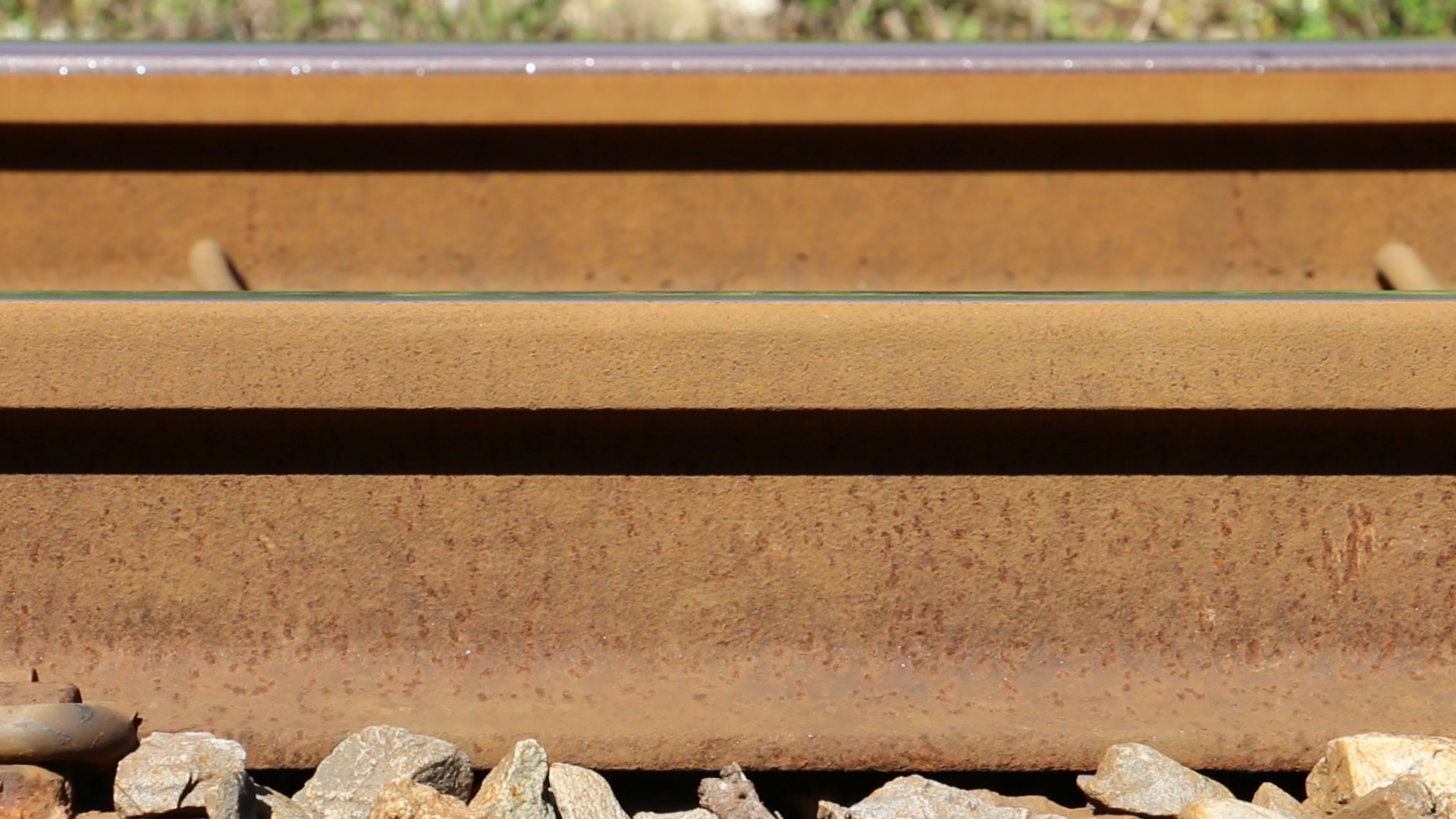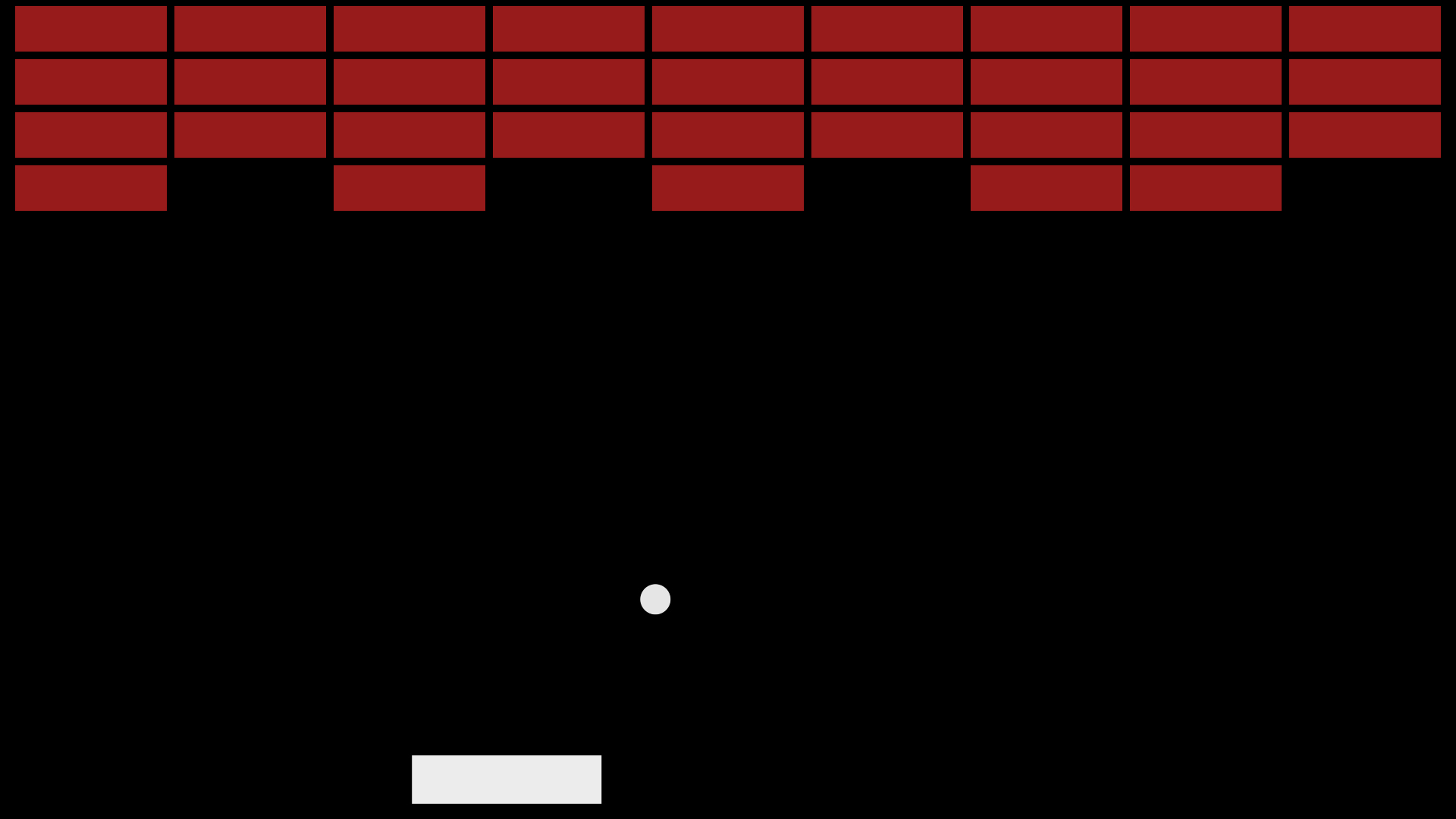Pay Tribute to Andreas Gursky
Single-channel video
2017
In Rhein II (Andreas Gursky 1999), Andreas Gursky removes factories near the riverbank by means of post-production technology so that the processed photograph presents a pristine riverscape. This idea of detachment generates a unique angle of observation and brings the viewed object to the foreground. The object of this photograph is the essence of the River Rhine rather than the scene under the camera lens. This eidetic reduction in a sense demonstrates a more authentic River Rhine to the audience.
Similar to the composition of Rhein II, this artwork uses close-up shots of railway tracks and ambient sound recording, featuring a monorail in the countryside. The curve of the audience’s senses are intensified by the partial close-up shots of the rapid passing of the rumbling, noise-making train but shortly return back to ease while the train travels afar.
Sometimes, tiny insects crawl across the seemingly static screen. Without any post-processing, this artwork filters the distraction by the closely zooming-in and condenses the scenario into a simple close-up of the partial. The pursuit of purity makes the screen project to the intuitive observation of the materiality of the rail.
Subsequently, the railway which signifies the weight and advancement of the industrial age, is transformed from the product of the steel forging to the simple geometric images of the digital world. As the question Milan Kundera raises through Parmenides’ inquiry: “the lightness/weight opposition is the most mysterious, most ambiguous of all.” The mathematical formula on the screen has no weight.

